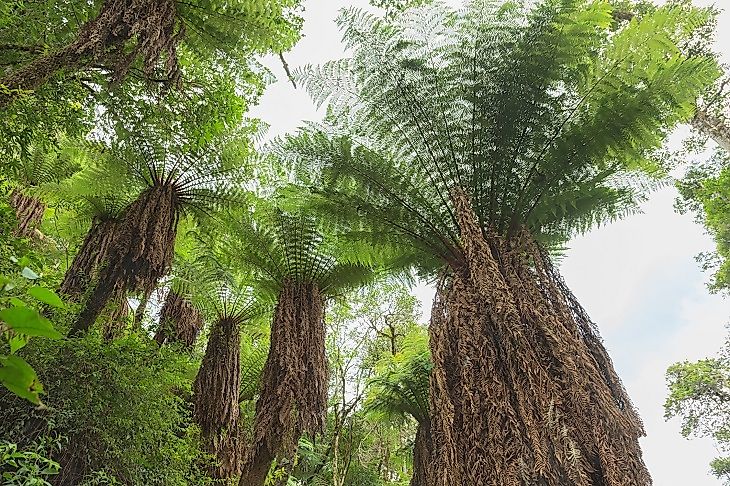The Grande (Guapay) River

5. Description
The Guapay River (or the Río Grande) is a South American river that flows through the South American country of Bolivia and forms the headwaters of the Ichilo River, a tributary of the Mamoré River. The Guapay River arises as the Rocha River in the southern slopes of the Cochabamba mountains, which flows westwards through the Cochabamba valley for 65 kilometers. The Rocha River then changes its direction and flows southeast for 50 kilometers before it joins the Arque River (which arises in the Kimsa Cruz mountain range in Bolivia). From its point of confluence with the Arque, the Rocha is known as the Caine River, and flows for another 162 kilometers before it receives the name of Guapay River (or the Río Grande). The river finally drains into the Ichilo River after snaking around the city of Santa Cruz.
4. Historical Role
The Guapay River area has been inhabited by native South American indigenous tribes since a long time ago. Chiquitos, Tacumbiacus, Tamacocis, Namhus, Mojos, and Churapa are some of the tribes that have occupied the area along the Guapay River at various time points in history. The presence of these ancient peoples were known to the world only after the Europeans started exploring the region during the 16th Century. Domingo Martinez de Irala was one such European explorer who documented many of the native Indian tribes, doing so by traveling from the northern plains of the Chaco to the Guapay River. In 1690, Churapa tribesmen living on the eastern banks of the Guapay River were captured by Spaniards and subjected to Jesuit control. Trade between the native tribes in the region has also been documented as existing a this time, with mentions of Mojo tribesmen navigating along the Guapay to trade their cotton clothes for iron tools obtained from the Chirigitanos in the early 17th Century.
3. Modern Significance
The Guapay River flows through one of the most pristine wild habitats of the world, supporting the survival of some of the most rare and elusive flora and fauna species. Human settlements based along this river also utilize the river for navigation, agricultural, and fishing purposes. Furthermore, the dense rainforests of the region draw tourists and adventurers from all over the globe to see the wilderness sights and sounds of Bolivia.
2. Habitat
The Guapay River flows through some of the most wildlife-rich habitats of the world. Though very little data exists regarding the flora and fauna of the Guapay River Basin, one can estimate that the species found here corresponds with the well-documented species list of the nearby Amboró National Park. The Amboró National Park, located in the western part of Santa Cruz Department, hosts an amazing diversity of over 177 mammalian and 912 bird species. Big-leaf mahogany, pacay, bibosi, Mountain pine, Khellu khellu, endemic orchids, and Giant Tree Ferns are just some of the ecologically significant plant species of this habitat. Jaguars, Giant anteaters, and Spectacled bears are some of the iconic mammalian species of these forests. Noteworthy birds species here include Military macaws and Southern Helmeted curassows. 109 fish species have also been documented in the rivers of the region, including the Guapay River. Besides these, the reptilian and amphibian biodiversity of the forest is also quite high.
1. Threats and Disputes
Like all of the major rivers of the world today, the Guapay River is also threatened by exploitative human activities, and its animals and plants are subjected to habitat loss and poaching as a result of them. Though the remoteness of the Guapay River reveals very few facts about the water quality of this river, it possible that future population pressures will definitely start affecting all rivers of the region, and human encroachment into the wild lands along the Guapay River will also take place as a result. Already, settlements along the river basin are converting the dense rainforests of the area into a major agricultural area, threatening the biodiversity of the entire region and its natural environs.











